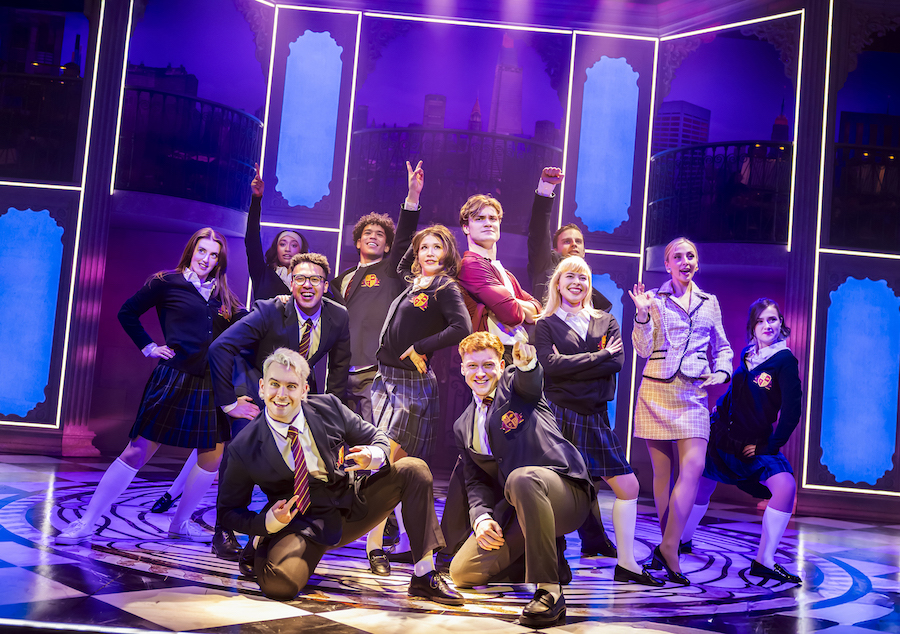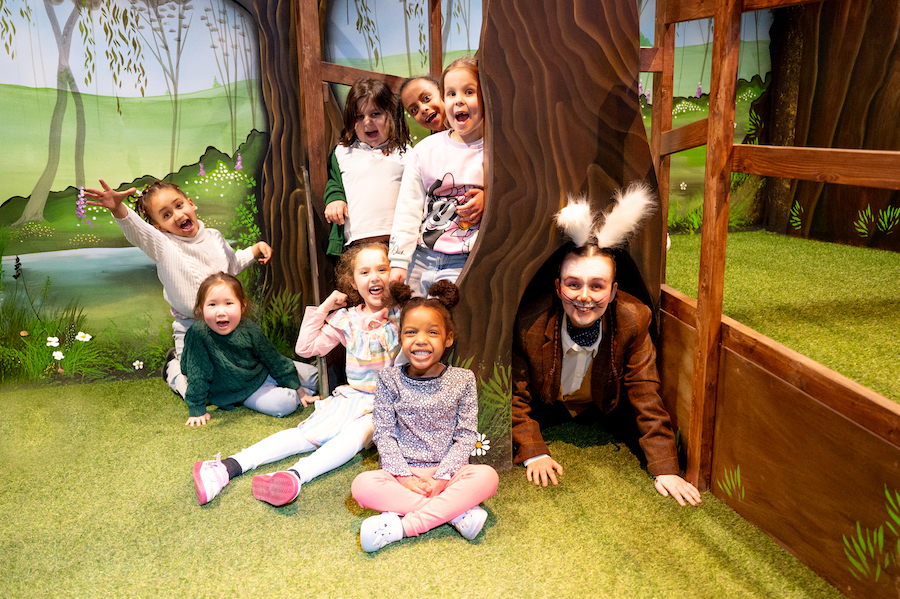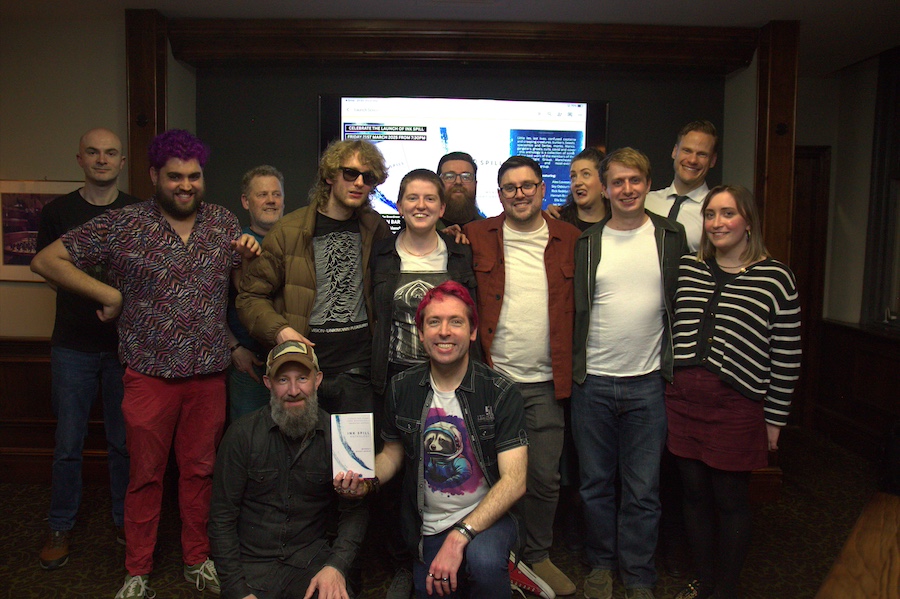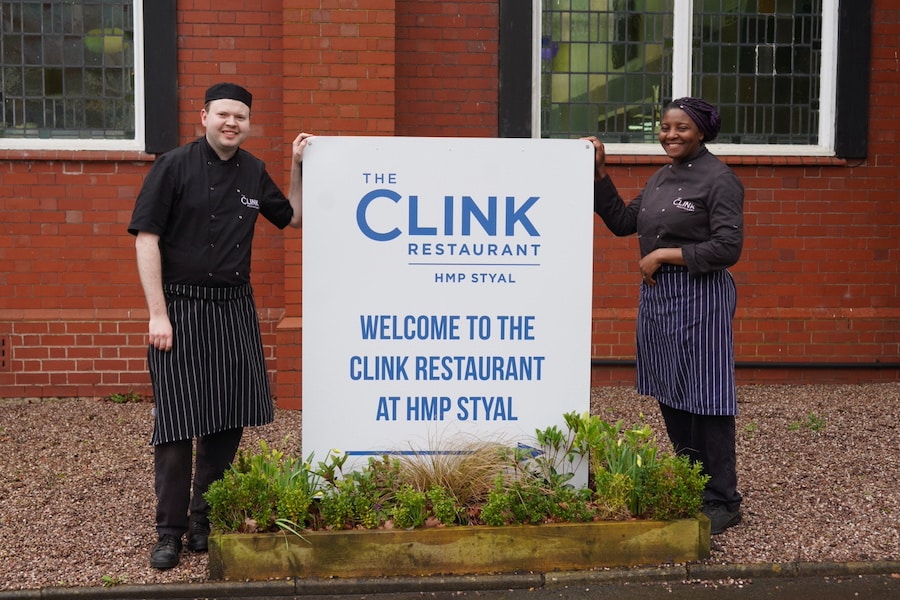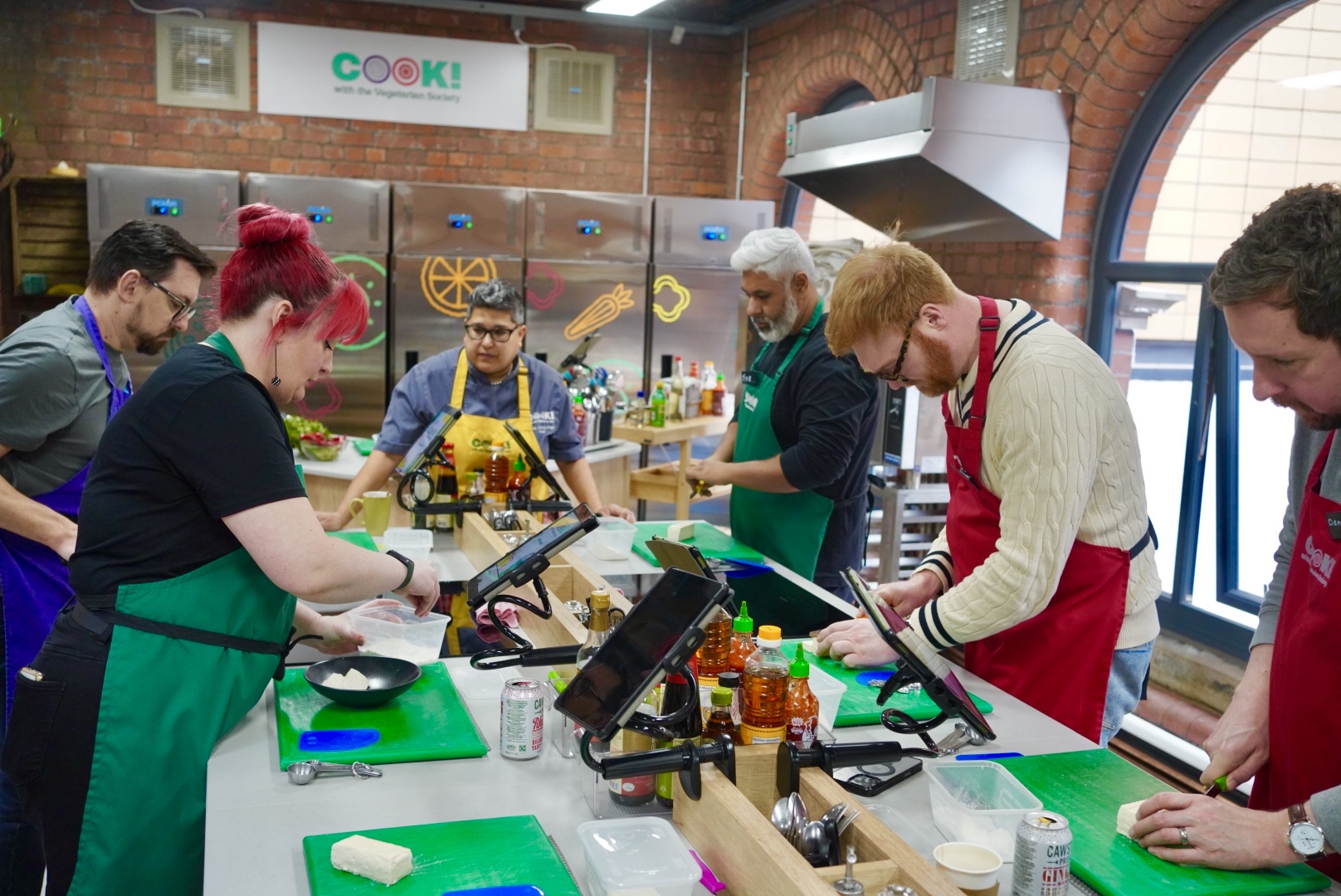How The Lowry kickstarted the regeneration of Salford Quays
- Written by Thom Bamford
- Last updated 10 months ago
- City of Salford, Sponsored, Theatre
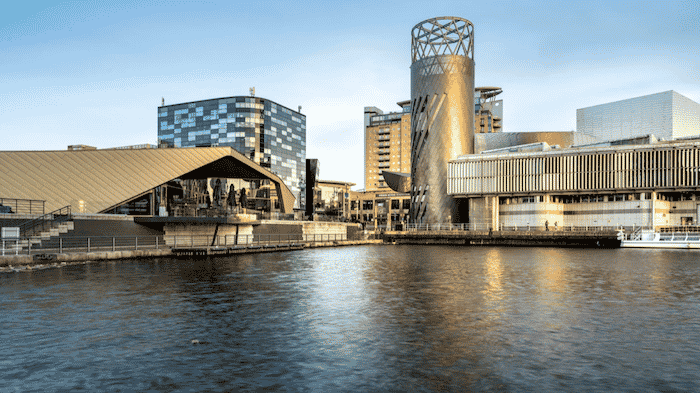
The creation of The Lowry was one of the first attempts in the UK to place a cultural institution at the heart of a social and economic regeneration project.
Since it opened in 2000, The Lowry has been at the heart and soul of an area which has dramatically transformed since it opened.
It has welcomed an incredible 18.5m people through its doors, with the 2023/24 season being the most successful they have had to date.
To mark the start of the 25th year since opening, The Lowry has published a social and economic impact report from leading economic and planning consultancy, Lichfields, to evaluate its relationship with the local community and impact on the economy.
The findings uncover the vital role The Lowry plays in the community and economy of Salford; first, as the cultural institution at the centre of one of Europe’s largest and most successful regeneration projects.
To today, as a blueprint for how arts, culture and creativity can engage hard to reach communities at a moment when communities and funding for the arts are under unprecedented strain.
The most visited attraction in the Northwest, The Lowry’s contributions to Salford, Greater Manchester and beyond extend far beyond the arts.
The Lowry as a catalyst
The Lowry was the catalyst allowing for bigger companies, such as the BBC and ITV, not to mention Ericsson and Kellogg’s to join the party too.
As the most visited attraction in Greater Manchester, in 2022/23 almost 860,000 people walked through the doors of The Lowry.
Every year it delivers a programme of shows and exhibitions by acclaimed local, national and international artists from Birmingham Royal Ballet’s Swan Lake and the National Theatre’s War Horse, to Britain’s Got Talent.
The Lowry was created to draw people and organisations around the institution. Its presence was a critical factor in the decisions of the BBC and ITV Studios to move to Salford Quays, kicking off one of the most successful regeneration projects in Europe, MediaCity.
While local authorities around the country are cutting funding for arts venues and theatres, The Lowry stands as an example of how arts institutions boost local economies and add value to communities.
The Quays regeneration has been an unmitigated success, and today contributes £1.3 billion in GVA to the economy, 99% more than in 2001. It is now the home of some of the UK’s most exciting creative, tech and media organisations from incubators and start-ups to established businesses such as Ericsson and Kellogg’s.
The Lowry itself is central to the region’s tourism economy, the report finds that it generates almost £90m in visitor spending in the North West every year and supports 649 jobs.
Julia Fawcett, CEO, The Lowry
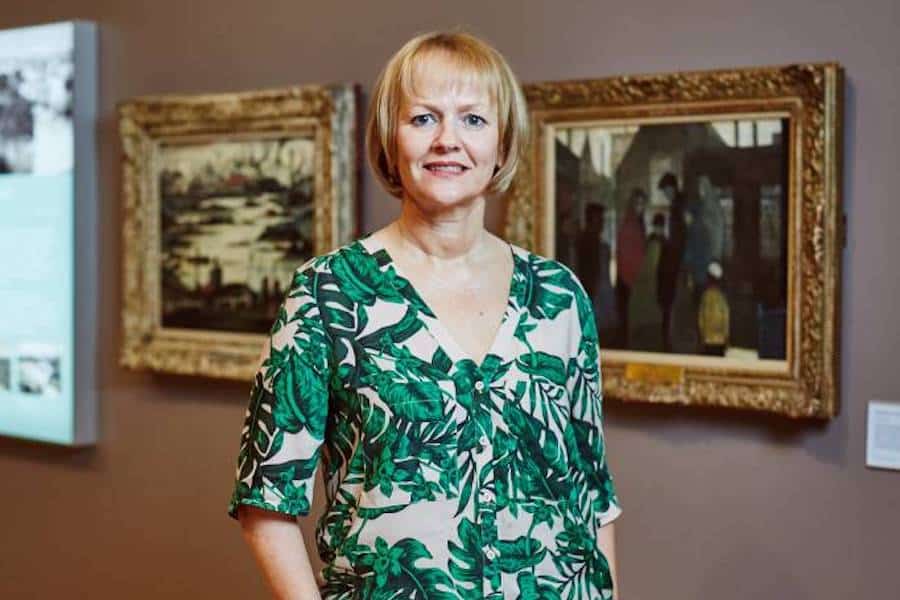
Julia Fawcett, CEO, The Lowry said:“Before The Lowry, the Salford Quays had been empty and derelict for close to two decades. The revitalisation of the area in the 25 years that followed has been nothing short of miraculous. Today it pulses with life; a vibrant place where culture and creativity and people and business come together.
The Quays continues to grow and evolve, but The Lowry is still the anchor. Created to be the cultural hub around which a community was built, it is evidence not just of the rejuvenating power of art and culture, but the role it plays in shaping society and enriching our lives.
The Lowry serves as a lesson in the economic power of arts and culture and the importance of taking the long view, signalling to those reducing arts investment that these short-term savings will cost us all in the long-term.”
Sir Rod Aldridge OBE – Chairman, The Lowry, Aldridge Foundation commented: “There are many challenges that local people of all ages are facing – particularly against a backdrop of the cost of living crisis. The Lowry is seen as a haven, a place they can feel safe in and want to visit, and there’s an incredible combination of things happening here that people can feel like they are a part of.
“The impact of the learning and engagement programme is very special and has always been central to The Lowry’s DNA.
“Access to arts and culture is crucial for all young people, not just future artists, as it fosters creative expression, analytical thinking, and confidence. If we want to see the UK succeed in the modern economy, policymakers must look again at arts education and they will find institutions like The Lowry are ready and willing to play their part.”
Peter Kay and Jason Mansford
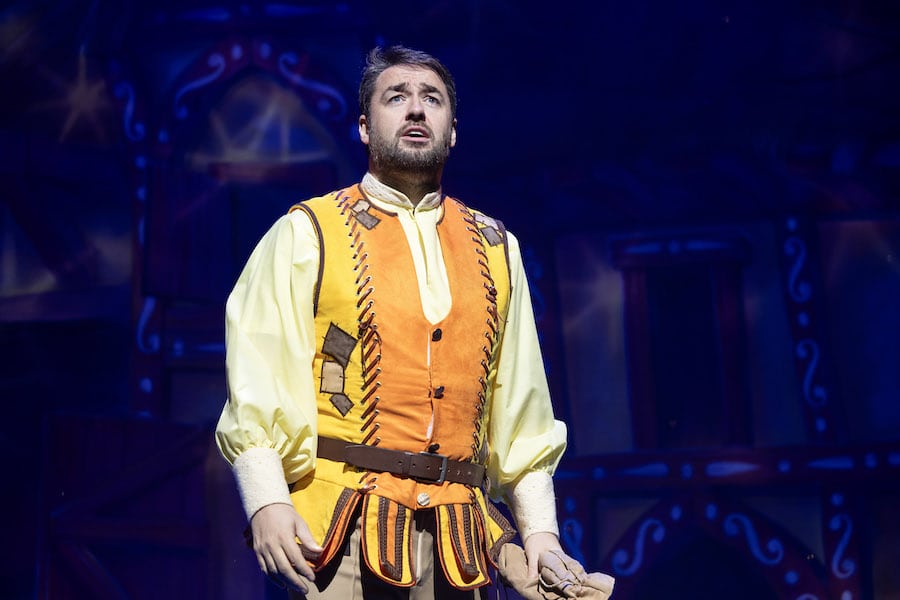
Comedian Peter Kay said: “Happy 25th birthday to The Lowry Theatre. I’ve many happy memories from both being a punter and a performer. A remarkable venue. It remains close to my heart and more importantly close to my house.”
Comedian Jason Manford commented: “The Lowry has been part of my life since it was first built. As someone born in Salford and as a Salford University drama student at the time, it felt like our city was finally getting the respect it deserved. I’ve been lucky enough to perform in all of the spaces from the Studio up to the Lyric, from music gigs to comedy, even spending a whole Christmas there in Chitty Chitty Bang Bang & I’m back at least a few times a year to watch shows with my family. The Lowry is the theatrical equivalent of ‘Build it, and they will come”. I’m excited to see what it does over the next 25 years.”
Why culture matters

By stimulating the rebirth of Salford Quays, the Lowry brought with it the creation of a new economy.
The positive effects on local businesses employment opportunities and vibrancy of the area just go to show, that culture matters.
The Lowry supports 64 jobs nationally, and generates around £48 million GVA annually, which has been generated despite nearly all time low levels of public spending.
How The Lowry is engaging with local communities
The Lowry is more than an arts venue and its education, employability, volunteering, and community engagement programmes target some of the hardest to reach people and families in the Salford area.
At a time when the UK is facing a cost-of-living crisis, communities are reeling from the covid pandemic and austerity, The Lowry uses art and creativity to support people who are disadvantaged, underserved and excluded.
The impact report shows that in 2022/23 alone, 22,000 individuals participated in Lowry programmes, including 15,000 young people and 3,000 people with special educational needs or disabilities. Over 3,200 sessions were held across all of The Lowry’s learning and engagement programmes, totalling over 6,000 hours and delivering an estimated £22.4m in social value.
One of The Lowry’s many community initiatives is the flagship “Arts for Social Change” programme which reaches out to young people experiencing difficulties in life. Arts for Social Change gives young people the opportunity to express themselves through art, whilst learning new skills, improving their wellbeing, reducing social isolation and anxiety, and accessing potentially life-changing opportunities. In 2022/23, a total of 580 Arts for Social Change sessions were held with 895 young people participating.
The economic impact of the The Lowry
To put things in to monetary terms, there were 860,000 visitors to the Lowry since 2000. This accounts for an incredible £86.6m spent by visitors in 2022/23.
The economic impact amounts to £73.7m from visitors to the region per year.
And it’s good value for money too, as The Lowry only uses 6% of public funding, which compares to about 48% for similar sized institutions.
For every pound spent by the government on The Lowry, they are getting £32.91p back – which anyone can see is an incredible return on investment.
At the heart of what was once a derelict dockland, is now a thriving home for arts and culture.
More people are now employed in Salford Quays than there was when it was a fully flourishing dock, which is remarkable.
This remarkable transformation exemplifies how cultural institutions can drive economic and social regeneration, providing a model the government should consider for redeveloping other areas.
You can find out more about what’s going on at The Lowry by clicking here
- This article was last updated 10 months ago.
- It was first published on 30 May 2024 and is subject to be updated from time to time. Please refresh or return to see the latest version.
Did we miss something? Let us know: press@ilovemanchester.com
Want to be the first to receive all the latest news stories, what’s on and events from the heart of Manchester? Sign up here.
Manchester is a successful city, but many people suffer. I Love Manchester helps raise awareness and funds to help improve the lives and prospects of people across Greater Manchester – and we can’t do it without your help. So please support us with what you can so we can continue to spread the love. Thank you in advance!
An email you’ll love. Subscribe to our newsletter to get the latest news stories delivered direct to your inbox.
Got a story worth sharing?
What’s the story? We are all ears when it comes to positive news and inspiring stories. You can send story ideas to press@ilovemanchester.com
While we can’t guarantee to publish everything, we will always consider any enquiry or idea that promotes:
- Independent new openings
- Human interest
- Not-for-profit organisations
- Community Interest Companies (CiCs) and projects
- Charities and charitable initiatives
- Affordability and offers saving people over 20%
For anything else, don’t hesitate to get in touch with us about advertorials (from £350+VAT) and advertising opportunities: advertise@ilovemanchester.com
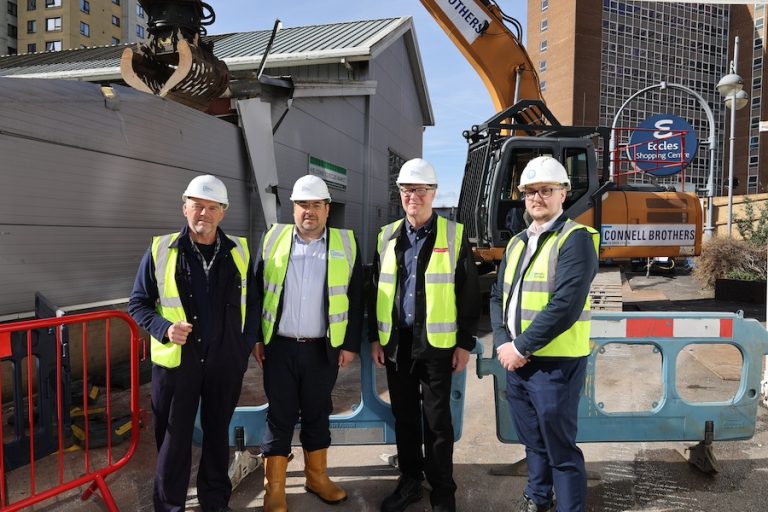
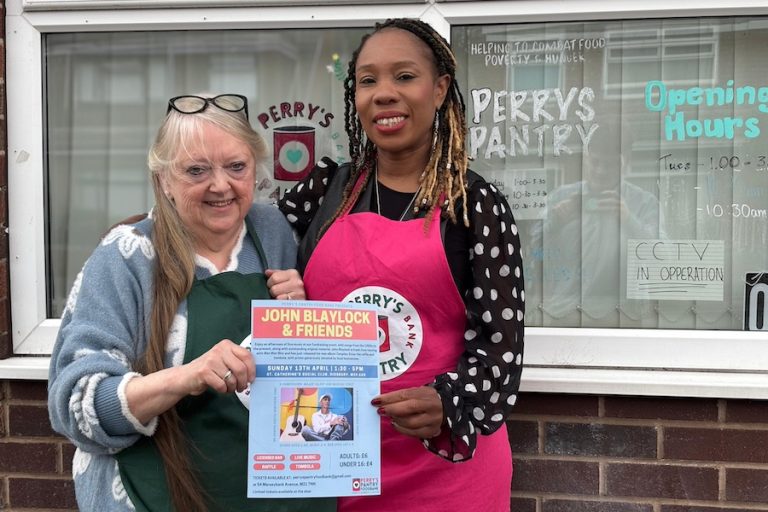
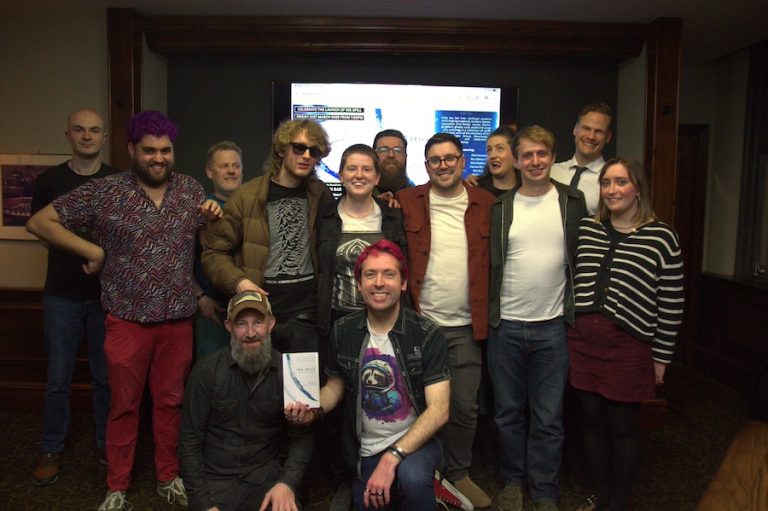
The eclectic group that’s been helping writers cut their teeth for 50 years

“His presence will be deeply missed” Children’s hospice bids farewell to their visionary CEO

Has Gordon Ramsay created Manchester’s ultimate bottomless brunch?






